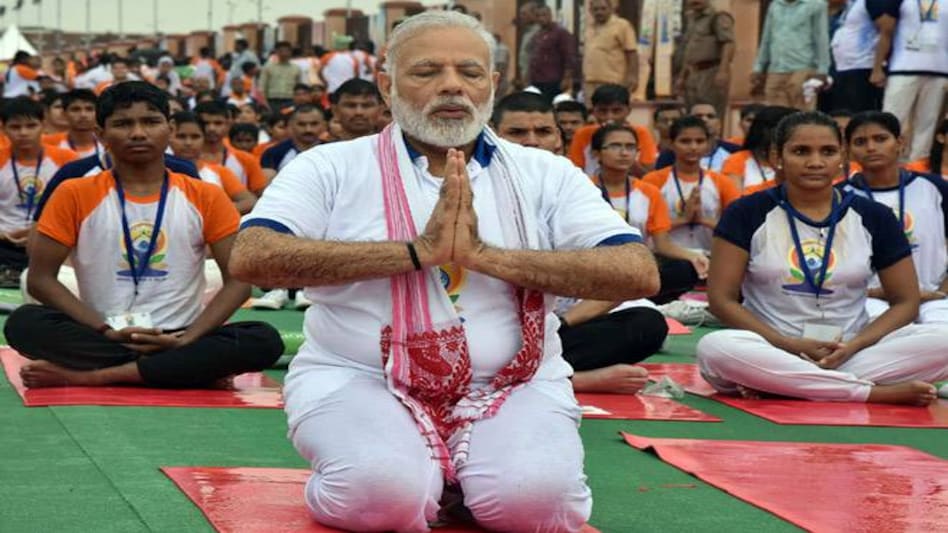

Yoga catching the world's attention with the unanimous declaration by United Nation General Assembly (UNGA) to celebrate International Day of Yoga on June 21st. The international support of 175 nations, including USA, Canada and China, had the highest number of co-sponsors ever for any UNGA Resolution, reemphasizing the significance of Yoga which brings physical, mental as well as spiritual well-being. While most of us relate Yoga to asanas,but there is more to Yoga than that.
Asanasare but one of eight limbs of 'AshtangYoga'as laid out by the Indian Maharishi Patanjali, author of "The Yogastra". They are Yama, Niyama, Asana, Pranayama, Pratyahara, Dharana, Dhyana and Samadhi. Yoga not only helps you attain both a healthy mind and a healthy body but you can also follow the very principles defined by our Maharishis thousands of years back to create wealth.
You may be wondering how Yoga is related to financial well-being? It is overwhelming to know the vastness of the Yogic principles, its philosophy and its literature. MaharshiPatanjali's definition of Yoga is - "Yoga ChittaVrittiNiruddah" which means "Yoga is art of stilling the mind in order to experience Ultimate Reality". When our thoughts are calm and our mind in its natural state of tranquillity, we can take better decisions in life including financial decisions.
As a finance professional and certified Yoga trainer, I am intrigued by the connection between Yogic principles and investor psychology. For instance let's understand one of the Yogastra "The Gunas". Gunas or the qualities are always present in all of us but vary in their relative amounts. A balance in our individual mix or the three qualities can also help us invest optimally. Let's look at it in more detail.
Tamas - State of inertia
This is a state of inertia or inactivity. Most of the people save their hard earned money in various fixed income products. I am consciously using the word "Savings" and not "Investments" as savings is done with the intent of capital protection and investments for capital growth. Savings in fixed income products don't yield significant real rate of return if you take inflation and tax into account and therefore your investments are in the state of Tamas. Having said that fixed income should form an essential part of one's investment portfolio but one must be mindful of the allocation. A disproportionately higher skew would mean underperformance of portfolio and vice-versa may mean an aggressive or risky portfolio.
Rajas - State of energy
Rajas is an aggressive Guna that is more prevalent among active stock traders. They want their money to be in constant action and movement. They get thrill from trading in stock markets mostly in the short term. I am again consciously using the word "Trading" here and not "Investing" as the intent of trading is to generate quick return in short term vis-a-vis long term investments for wealth creation. A trader doesn't go through the fundamentals of a company in detail and typically trades in leveraged products like intraday, futures and options. If you are high on Rajas your personal trait is that of a risktaker, if numbers and chart patterns are something catches your attention, then maybe you should explore trading backed by strong technical analysis or expert advice.
Sattva - State of harmony
Sattva is the Guna that reduces Rajas &Tamas. This Guna brings harmony. This is the most desirable Guna or state, in investing. Investors with this Guna invest across various asset classes basis their goals & risk profile. They realise that equity as asset class can reduce Tamas or inactivity as well as reduce Rajas by not constantly churning their portfolio. They rely on stocks with strong fundamental story, don't overly on any particular asset class and build a diversified portfolio striking balance & harmony.
We should know our own psychology by consciously identifying theGunasin us and invest optimally. These simple yet powerful Yogic principles can be applied for financial well-being and can help us create wealth in the long-term.
by, Arun Thukral, MD & CEO, Axis Securities on Yoga Day